Your Cart is Empty
Free and Fast Shipping | 30 Day Money Back Guarantee
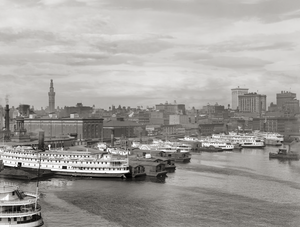
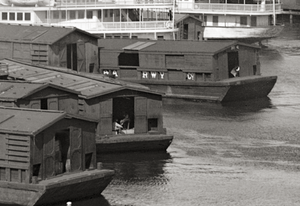
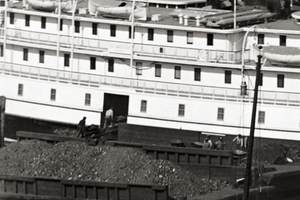
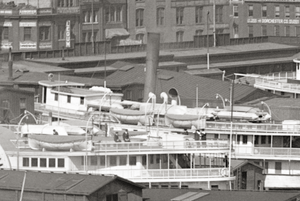
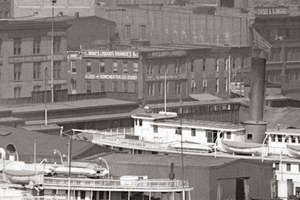
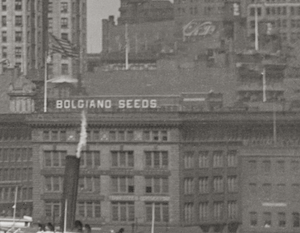

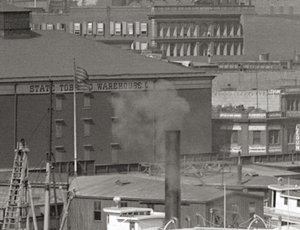
In 1910, Baltimore, Maryland, was a bustling, rapidly industrializing city, with its waterfront serving as a critical hub of this growth. Located around the Inner Harbor and along the Patapsco River, the waterfront was predominantly industrial and acted as a significant point of entry for immigrants and goods.
During this period, Baltimore's economy was bolstered by its thriving shipping industry, supported by excellent rail connections. The city functioned as a major port where raw materials and manufactured goods were loaded and unloaded, with warehouses, piers, and factories lining the waterfront. Tobacco, grain, and coal were commonly traded commodities, and Baltimore was particularly renowned for its oyster packing and canning industries, some of the largest in the world.
Shipbuilding was another vital industry along the waterfront, with the Baltimore Dry Docks and Shipbuilding Company, which later became Bethlehem Steel, playing a prominent role in the industrial landscape. The city also saw significant immigrant activity, with many newcomers arriving from Europe and often settling in neighborhoods close to the waterfront, adding to the city's diverse cultural fabric.
The early 20th century also marked a time of significant urban development in Baltimore, including improvements to the waterfront area. The city was expanding, with the waterfront central to its economic ambitions.
The waterfront contributed to the social and cultural life of the city. Places like the famous Lexington Market were popular meeting spots, and seafood from the Chesapeake Bay was a staple of the local cuisine. The area around the harbor was a vibrant mix of commercial activities and residential communities, reflecting a city in transition towards a more diversified industrial base, which would shape its growth in the mid-20th century.